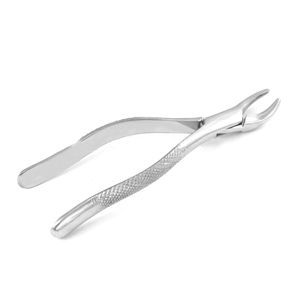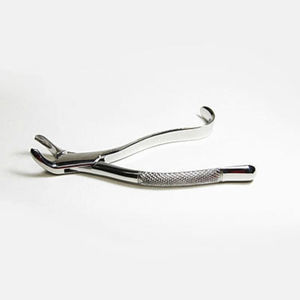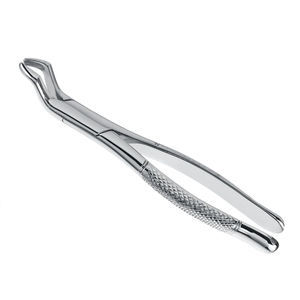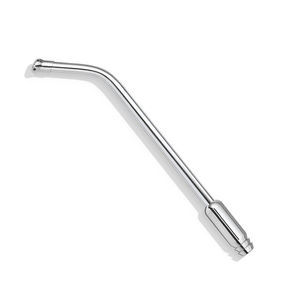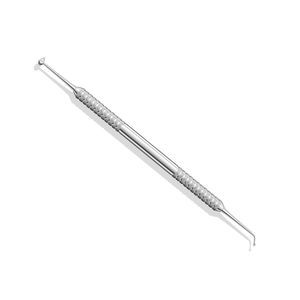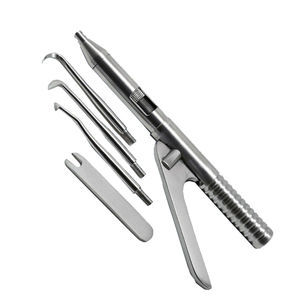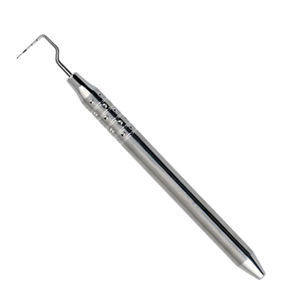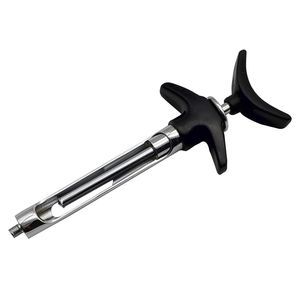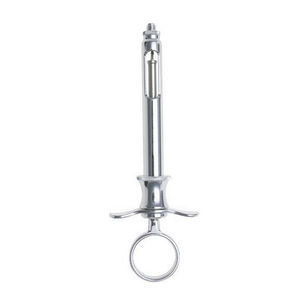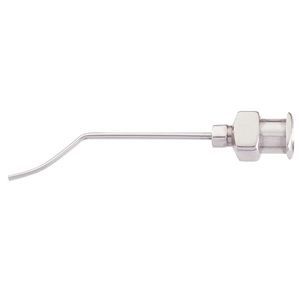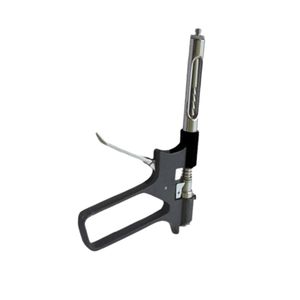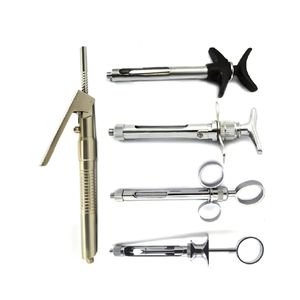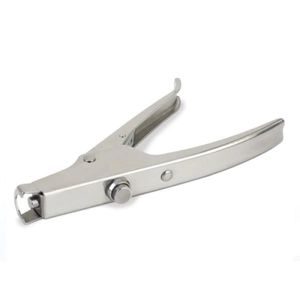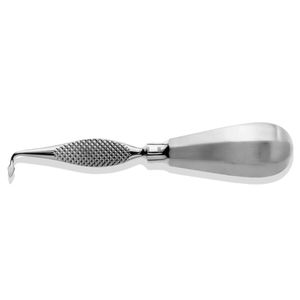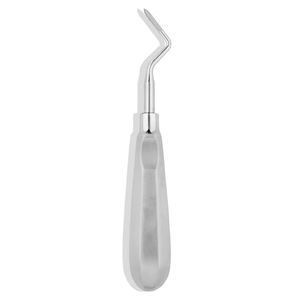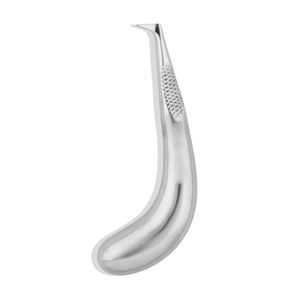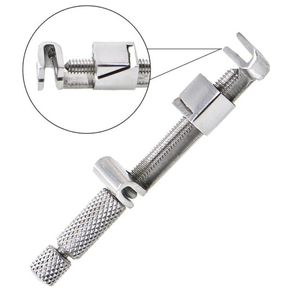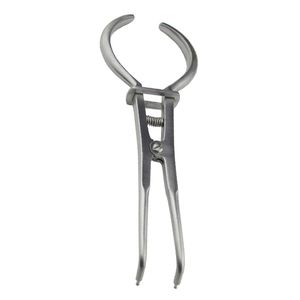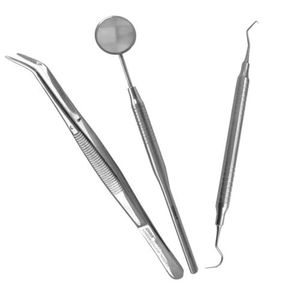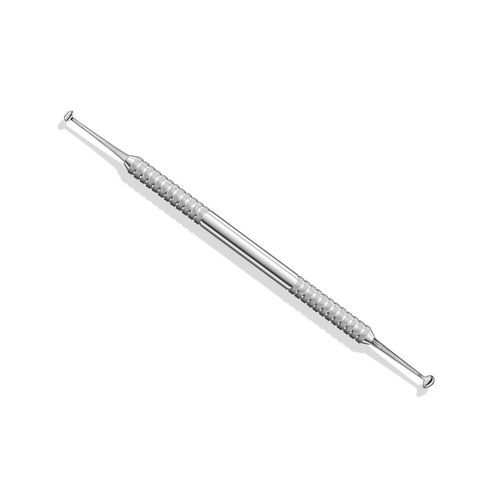
- Dental
- Dental instrument
- Dental burnisher
- Peak Surgicals

- Products
- Catalogs
- News & Trends
- Exhibitions
Dental burnisher PS-313
Add to favorites
Compare this product
Description
Burnishers are hand tools that are often used in dentistry after procedures or treatments for dental restoration. They are used to shape and polish amalgam fillings as well as polish composite fillings. It includes highlighting grooves and removing extra fins.
Dental burnishers are furthermore used to polish the dental restoration, get rid of any scratches that could have formed on the amalgam surface during the dental restoration procedure, and smooth out any rough edges that came about as a consequence of the dental restoration.
The ends of the dental burnishers are angled. They may be hand tools with one or two ends. Dental burnishers have either one or both of their working tips rounded and smooth. There are various different kinds of dental burnishers available depending on the working tips' designs.
Burnishing Ball
Orthodontic burnisher
Burnisher, Acorn
Dica instrument
Burnisher
Ball Burnisher
Orthodontic Burnisher
These various dental burnishers serve a variety of specific functions. As an example, the Ball Burnishers are used to shape the matrix band before amalgam implantation and to smooth amalgam after condensing. Beavertail burnishers are used to close the marginal space between the cast gold restoration and the tooth. In posterior restorations, occlusal anatomy is formed using acorn-shaped burnishers.
The most popular dental burnishers include the following:
Burnishers in the shape of an acorn are designated B21 by Westcott. The tips come in 2mm and 3mm diameters. This design is available with working points that are coated in black TNi and satin steel.
Related Searches
- Surgery tweezers
- Syringe
- Human chisel
- Straight tweezers
- Retractor
- Dental extraction forceps
- Bent tweezers
- Curette
- Dental forceps
- Disposable syringe
- Straight chisel
- Dental curette
- Dental chisel
- Dental explorer
- Dental syringe
- Molar extraction forceps
- Double-ended dental explorer
- Dental retractor
- Removing forceps
- Diagnostic dental explorer
*Prices are pre-tax. They exclude delivery charges and customs duties and do not include additional charges for installation or activation options. Prices are indicative only and may vary by country, with changes to the cost of raw materials and exchange rates.

